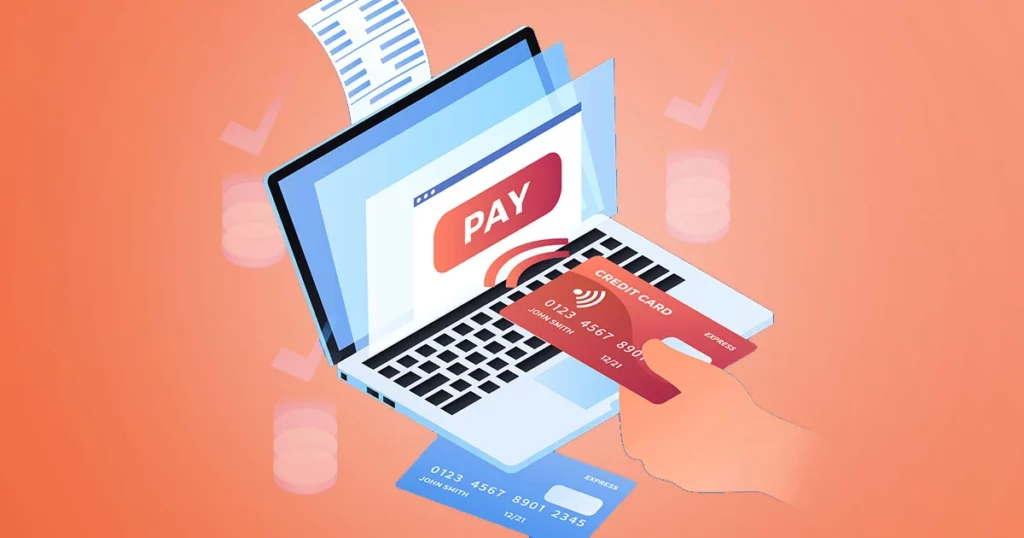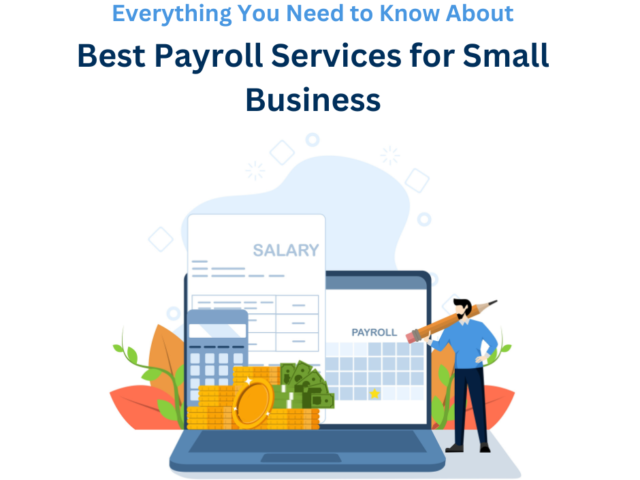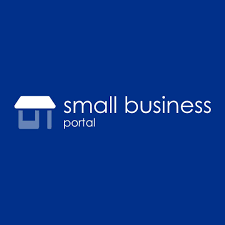AUTHIOR : PUMPKIN KORE
DATE : 30/10/2023
Introduction
Small businesses[1] form the backbone of the global economy,[2] and they face numerous challenges daily, particularly in managing their finances[3] efficiently. One such challenge is handling payments.[4] Traditional methods can be cumbersome[5] and also time-consuming, prompting the need for a modern solution: the payment portal.
Understanding Payment Portals
What is a payment portal?
A payment portal is a digital platform that allows businesses[1] to accept payments from their customers, clients, or partners. It serves as a bridge[2] between the business and its customers, facilitating secure and convenient financial transactions.
How do payment portals work?

Payment portals function through a user-friendly interface, enabling businesses to create invoices, receive payments, and also manage their financial[3] records electronically. These portals can handle various payment methods, including credit cards, bank transfers, and even digital wallets.
Advantages of Payment Portals
Improved Cash Flow Management
Payment portals offer businesses a dependable way to manage their cash flow. Payments are prepared swiftly, reducing the time between an exchange and funds being available for use.
Enhanced Customer Convenience
Customers appreciate the convenience[4] of making payments online. They can pay from anywhere, at any time, reducing the chances of late payments.

Enhanced Security
Payment portals employ advanced cryptography[5]. and also security measures to protect sensitive financial data, reducing the risk of fraud or data breaches.
Reduced Administrative Overhead
With automated payment processes, businesses can save time and resources on manual documentation and administrative tasks.
Choosing the Right Payment Portal for Your Business
Evaluating Features and Services
When selecting a payment portal, consider the features and services it offers, ensuring they align with your business needs.
Considering Integration and Compatibility
Check if the payment portal integrates seamlessly with your existing systems and software.

Setting Up Your Payment Portal
Account Registration
To get started, you’ll need to create an account with your chosen payment portal provider.
Connecting to Your Business
Link your business information, including bank details and contact information, to the payment portal.
Customization and Branding
Customize your payment portal to reflect your brand while also creating a seamless experience for your customers.
Accepting Payments with Ease
Online Invoicing
Create and also send invoices electronically, making it easy for your customers to pay.
E-commerce Integration
Integrate the payment portal into your e-commerce website, allowing for smooth online transactions.
Managing Financial Data Securely
Data Encryption and Security Protocols
Ensure that your payment portal adheres to stringent data security standards and also uses encryption to protect sensitive information.
Compliance with Industry Standards
Compliance with industry standards and also regulations is crucial to maintain trust and reliability.
Streamlining Customer Relationship Management
Simplified Communication
Use your payment portal to streamline communication with your customers regarding payments and also invoices.
Access to Customer Insights
Gather valuable data from customer interactions, enabling you to make informed business decisions.
Boosting Sales and Customer Loyalty
Offering Various Payment Options
By offering a variety of payment methods, you can cater to a broader customer base.
Subscription Services
Implement affiliation” or “enrollment services for routine.”.” payments,could be “cultivating loyalty.”
Challenges and Considerations
Transaction Fees
Be aware of the transaction fees connected with your chosen payment portal and also how they may impact your economic viability.”
Customer Support
Ensure that the payment portal “vendor.”offers reliable customer support to address any issues that may arise.
Success Stories: Real-World Examples
Case Study 1: A Small Retail Store
Discover how a small retail store benefited from implementing a payment portal in their operations.
Case Study 2: A Local Service Provider
Explore the success story of a local service provider that transformed their financial operations with a payment portal.
Conclusion
Payment portals are a game-changer for small businesses, revolutionizing the way they handle financial transactions. With enhanced convenience, security, and efficiency, they empower businesses to focus on growth and also customer satisfaction. Embrace the digital age and take your small business to the next level with a reliable payment portal.
Frequently Asked Questions (FAQs)
- What is the primary purpose of a payment portal for small businesses?
A payment portal simplifies payment processing and also enhances financial management for small businesses. - Are payment portals secure for handling financial transactions?
Yes, payment portals use advanced security measures like encryption to protect sensitive financial data. - Can I integrate a payment portal into my e-commerce website?
Absolutely. Payment portals can be seamlessly integrated into your e-commerce platform for streamlined transactions. - How do payment portals benefit customer relationship management?
Payment portals facilitate simplified communication and also provide access to valuable customer insights. - What factors should I consider when choosing a payment portal for my business?
Evaluate the portal’s features, compatibility with your systems, transaction fees, and customer support to make an informed decision.





